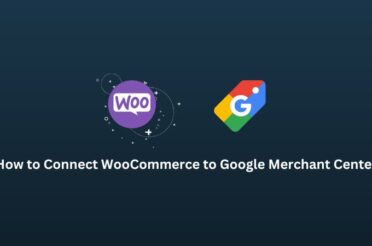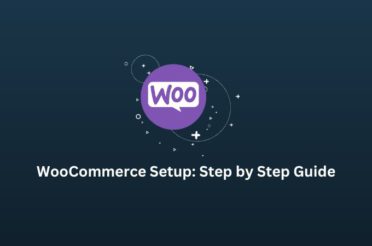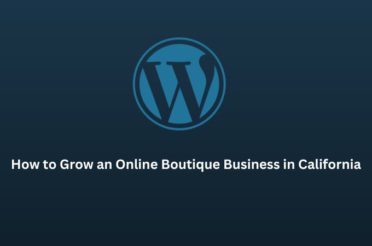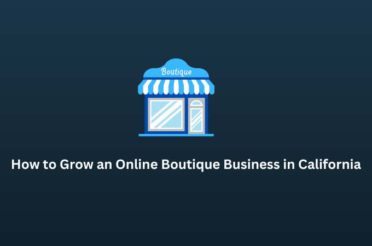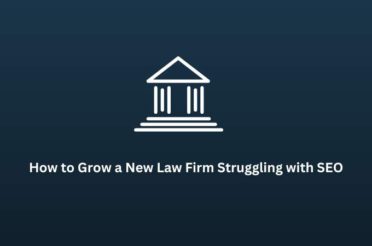In today’s digital age, having a strong online presence is essential for the success of any small business. One of the key components of establishing that presence is through a well-designed website. Your website is the digital face of your business and often serves as the first point of contact for potential customers. Therefore, it’s important to ensure that your website is not only visually appealing but also functional and user-friendly.
A great website can help your business establish credibility and build trust with potential customers. It can also help you showcase your products or services, provide valuable information, and ultimately drive conversions. However, with so many websites out there, it can be challenging to stand out from the crowd.
So whether you’re just starting out or looking to upgrade your existing website, read on to discover the key ingredients for a successful small business website.
Essential Website Elements You Need To Know:
Let’s dive into each of these essential website elements for small business success in detail:
Clear and consistent branding
Your website is often the first point of contact that potential customers have with your business, so it’s essential to make a strong first impression. To achieve this, your branding should be clear, consistent, and reflective of your business’s values, products, and services.
Clear branding means that your website design should be easy to navigate and visually appealing, with an eye-catching logo and color scheme that are consistent across all pages of your website.
Consistency is equally important as it ensures that your branding is recognizable and memorable. It means using the same logo, color scheme, font, and messaging across all platforms where your brand appears, including your website, social media profiles, and marketing materials.
By doing this, you create a strong and recognizable brand that will stick in the minds of potential customers.
Clear and Concise Messaging
Your website’s messaging should be easy to understand and communicate your business’s value proposition to your audience.
This means your messaging should be focused on your target audience and their needs. Avoid using jargon or industry-specific terms that your audience may not understand. Instead, use language that is clear and easy to comprehend.
Your messaging should also be concise. Avoid lengthy paragraphs and use bullet points to highlight key information.
Additionally, it’s important to ensure that your messaging is consistent across your website. Your website’s content, including your headlines, subheadings, and calls-to-action, should all be aligned with your business’s brand and messaging.
This helps you establish trust with your audience and encourage them to take action, whether that’s making a purchase, filling out a form, or contacting you for more information.
Easy Navigation
Visitors should be able to easily find the information they are looking for without having to dig through a maze of menus or pages.
One way to achieve this is by having a clear and organized menu structure. The menu should be easy to find, ideally at the top of the page or in a prominent location. It should also be well-organized with categories that make sense and are easy to understand.
Another key element of easy navigation is a consistent layout and design throughout the website.
When visitors can easily recognize and understand the layout of a website, they are more likely to find what they are looking for quickly and easily.
Through this you can have a positive user experience and keep visitors on the site longer. Ultimately leading to more conversions and a higher level of success.
Responsive Design
In today’s digital age, people use a variety of devices to access the internet, including smartphones, tablets, and laptops. Your website should be able to adapt to all screen sizes and devices. A responsive design ensures that your website looks great and functions well, no matter the device being used to access it.
A website that is difficult to navigate or does not display correctly on certain devices will likely lead to frustration and a high bounce rate. This can be detrimental to your small business’s success, as it can lead to lost leads and sales.
Having a responsive design also benefits your website’s search engine optimization (SEO) efforts. Google, the largest search engine, has stated that a responsive design is a ranking factor. This means that websites with a responsive design will typically rank higher in search results than those without.
CTA and Contact Info:
CTA or Call-To-Action is a crucial element of any website that drives user engagement and encourages visitors to take the desired action. For a small business website, having a clear and prominent CTA can make a significant difference in converting visitors into potential customers.
A CTA can take many forms such as filling out a form, subscribing to a newsletter, making a purchase, or calling for more information. The CTA should be clear, visible, and easy to understand, preferably placed above the fold, and repeated throughout the website.
Additionally, it is vital to have contact information readily available on the website to make it easy for visitors to get in touch with the business. The contact information should include the phone number, email address, physical address, and social media links. Having a separate contact page that lists all the contact information is also recommended.
Including the CTA and contact information on every page of the website can increase the chances of conversion and establish credibility with potential customers.
Search Engine Optimization (SEO)
SEO is the practice of optimizing a website’s content and structure to increase its visibility and ranking on search engine result pages (SERPs). An optimized website has a better chance of appearing on the first page of search engine results, making it more visible to potential customers.
To improve SEO, small businesses must focus on creating high-quality content that is relevant to their target audience. They must also optimize their website’s structure and code, including meta tags, header tags, and alt tags for images, to help search engines understand the content of their website.
Overall, investing in SEO can provide significant long-term benefits for small businesses, helping them increase their visibility, reach a wider audience, and drive more traffic and sales. Working with a website design agency or SEO specialist can help small businesses navigate the complexities of SEO and implement effective strategies to improve their search engine rankings.
Conclusion
In conclusion, a successful small business website requires a combination of design, functionality, and marketing elements that work together to drive traffic, increase engagement, and generate leads. By implementing the essential website elements discussed in this article, small businesses can establish a professional online presence, build trust with potential customers, and stand out in a crowded digital landscape.
However, it’s important to note that building a successful website is an ongoing process that requires continuous monitoring, testing, and optimization.
By partnering with a reputable website design agency or utilizing website development services, small business owners can ensure that their website is optimized for success and positioned for long-term growth. Whether it’s improving user experience, optimizing for search engines, or crafting compelling content, the right website partner can make all the difference in achieving small business success in the digital age.


